UPDATE May 23, 3:30 p.m. EST: Pistol brace owners may have just caught a break in the courts today. The Firearms Policy Colation (FPC) announced today that the Fifth Circuit Court has granted an injunction pending appeal in the Mock v. Garland case. The injunction will delay the implementation of the controversial new ATF pistol brace rule, which was previously set to go into effect on May 1.
The courts ordered that the appeal be expedited “to the next available Oral Argument Calendar. It is further ordered that Appellants’ Opposed Motion For a Preliminary Injunction Pending Appeal is granted as to the Plaintiffs in this case.”
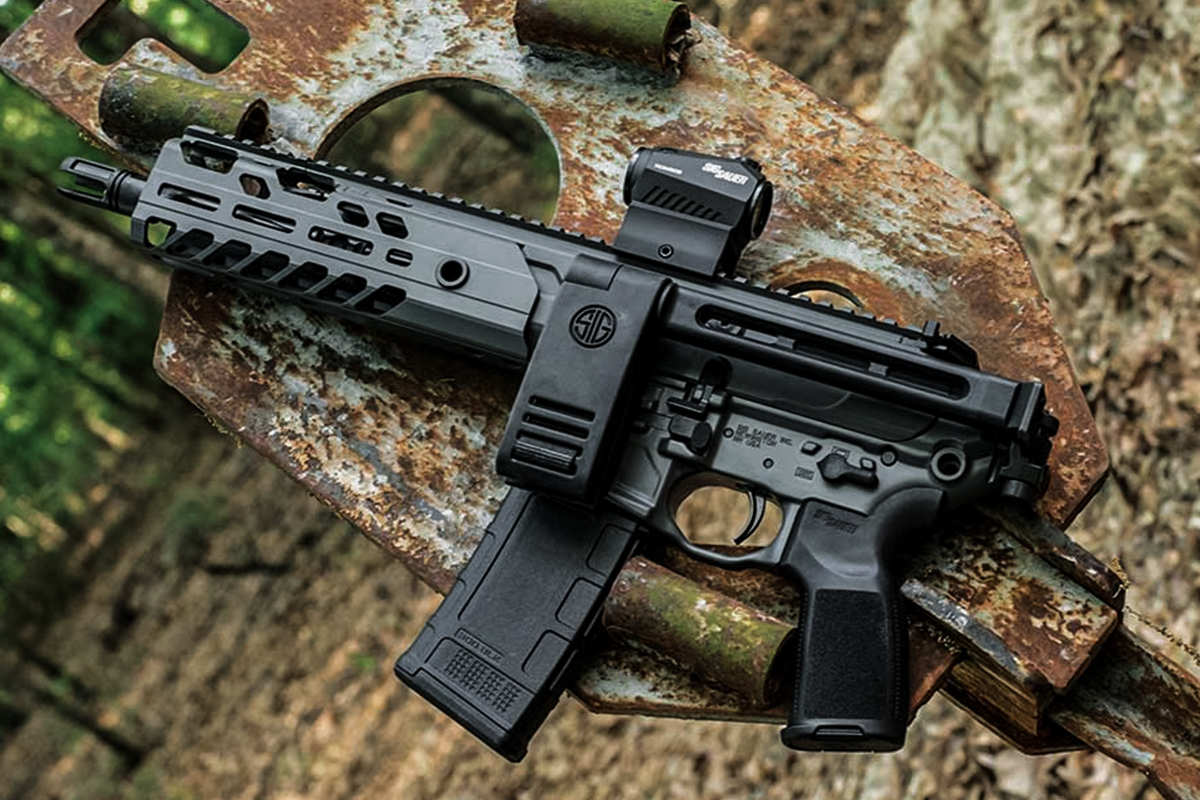
“We are very excited and encouraged by the Fifth Circuit’s decision this morning,” said Cody J. Wisniewski, Senior Attorney for Constitutional Litigation at FPC Action Foundation, in a statement. “We intend to ask the Court for additional information about who is covered under the injunction, but cannot stress enough just how important this decision is. The fight is far from over, but this is a huge victory in the battle against the ATF’s unconstitutional and unlawful brace rule!”
The Mock v. Garland suit was originally shot down by the U.S. District Court for the Northern District of Texas on March 30 — a decision that was subsequently appealed.
It is unknown how much time the injunction will buy brace owners, or if this will ultimately affect the outcome of the case, but as the FPC says, it’s a solid step forward against the agency’s overreach.
What You Need to Know About the ATF’s Pistol Brace Ban
The new ATF pistol brace rule applies to practically all firearms equipped with stabilizing braces, including AR pistols and non-NFA firearms like the popular Mossberg Shockwave. These firearms have not been outright banned but have instead been reclassified as short barreled rifles (SBRs) or short barreled shotguns (SBSs) if a brace is attached. And the grace period from the feds was set to end May 31.
“This abuse of rule-making authority requires either registration or a ban of pistol-braced firearms, dangerously violating our Constitution and irresponsibly disregarding Congress’ sole legislative authority.”
—U.S. Rep. Andrew Clyde
Per the National Firearms Act (NFA), SBRs are subject to ATF registration and a $200 tax — in other words, when and if the rule goes into effect, federal law will treat that brace like a stock.
The final ATF pistol brace rule, 2021R-08F, Factoring Criteria for Firearms with Attached ‘Stabilizing Braces,’ published on Jan. 13, 2023, gave owners of braced firearms 120 days to either register the firearm with the ATF with the $200 tax stamp fee temporarily waived, or modify their firearm to make it compliant with the new ban.
Gun rights activists, including members of Congress, are concerned that the ATF, an agency of unelected bureaucrats, has overstepped its bounds.
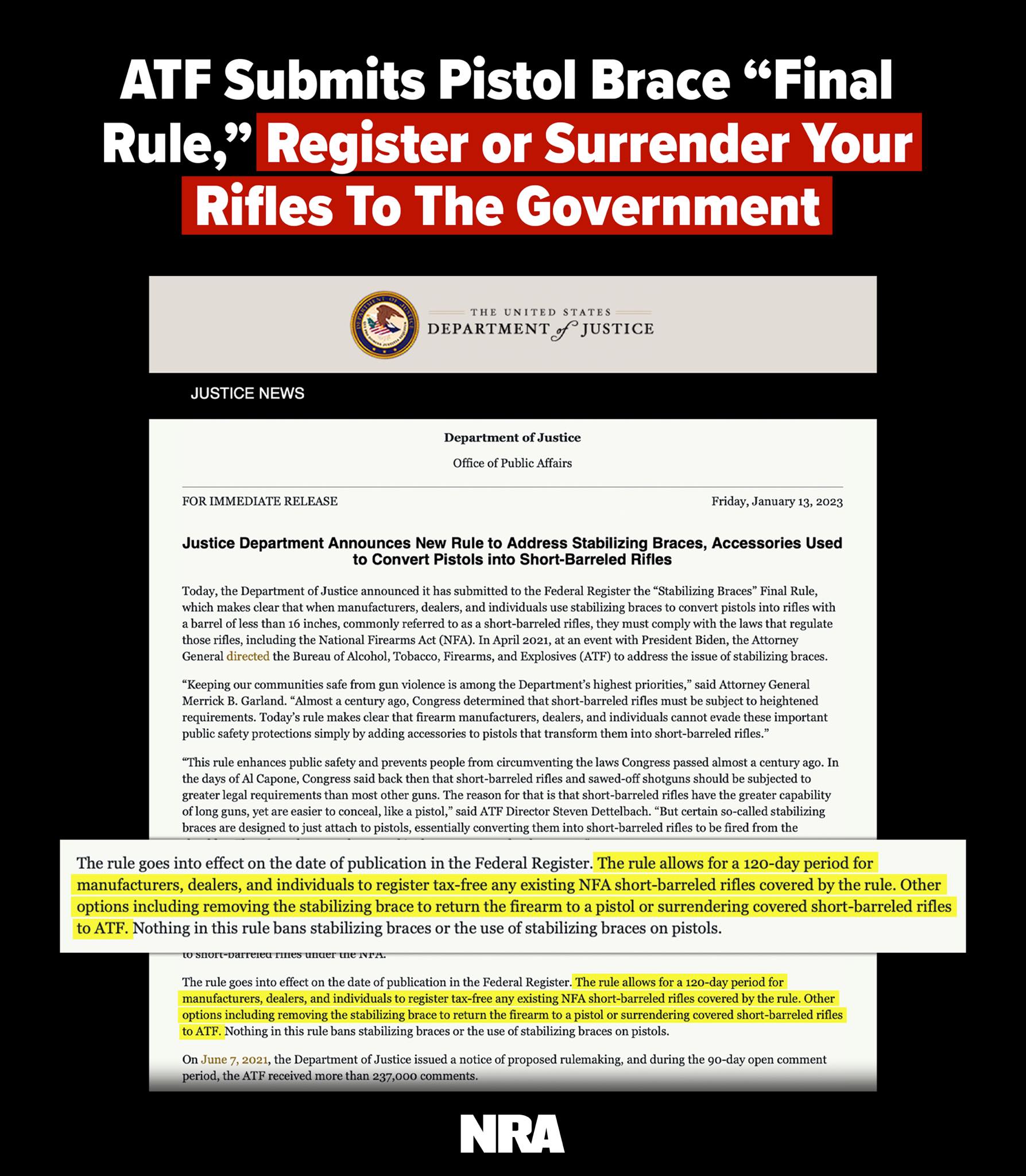
Status of Legal Challenges to the ATF Pistol Brace Ban
Reps. Andrew Clyde (R-GA 09) and Richard Hudson (R-NC 09), and 180 House Republicans introduced a house resolution on March 17 that would give Congress the authority to repeal the ATF pistol brace rule. Sens. John Kennedy (R-LA) and Roger Marshall (R-KS) introduced a similar resolution in the Senate.
“Congress must swiftly move to block the ATF’s unconstitutional pistol brace rule, as this misguided measure turns millions of law-abiding gun owners, including many disabled veterans, into criminals for merely possessing legal firearms with stabilizing braces,” said Clyde in a press release announcing his resolution.
“This abuse of rule-making authority requires either registration or a ban of pistol-braced firearms, dangerously violating our Constitution and irresponsibly disregarding Congress’ sole legislative authority. Unquestionably, this is nothing more than a reckless attempt to advance President Biden’s ultimate goal of an unarmed America.”
With the compliance deadline just days away, it’s looking less and less likely these resolutions will grow legs in time to prevent the pistol brace rule from taking effect.
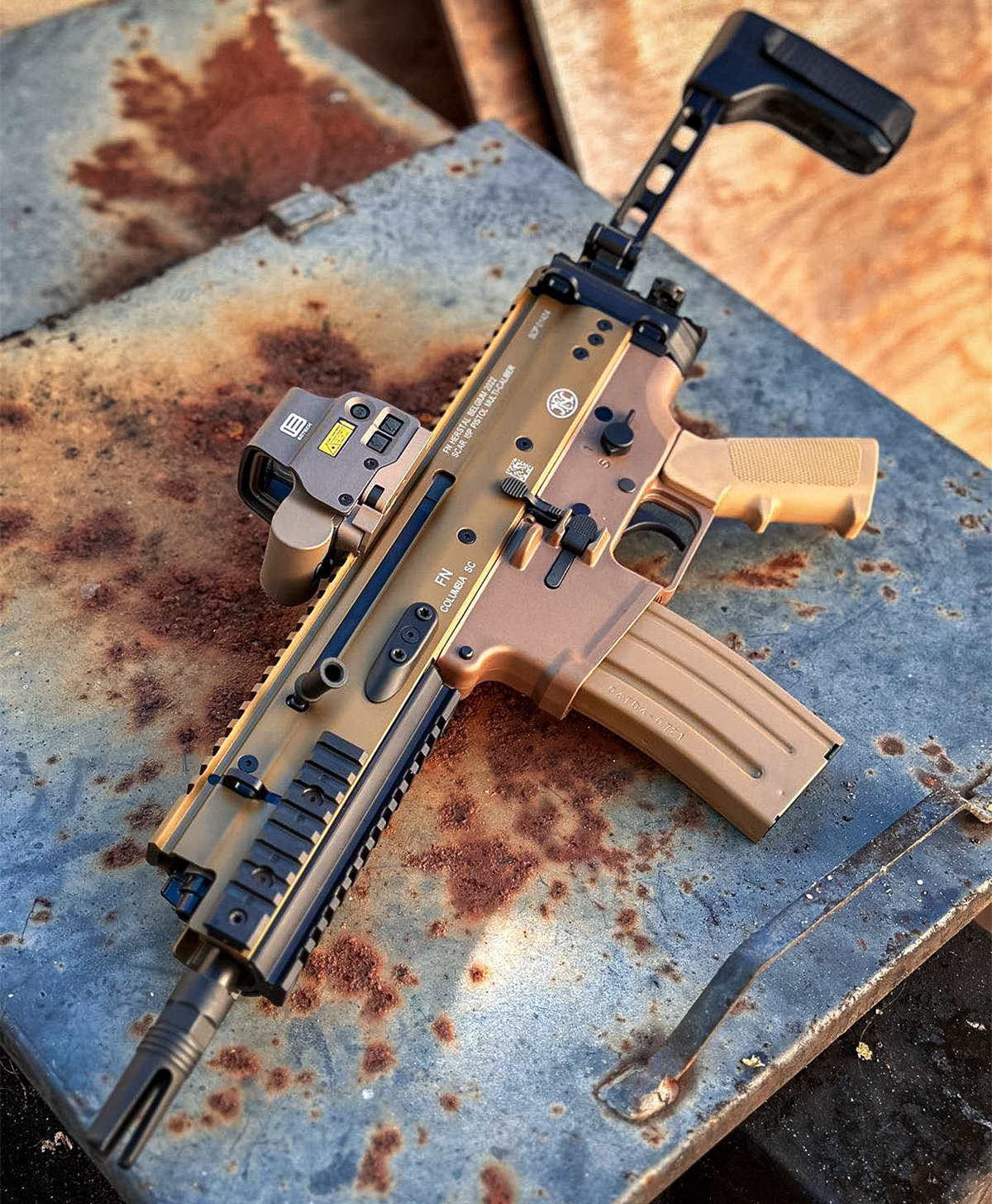
Republicans in Congress aren’t the only ones challenging the ATF’s authority. Legal briefs from two parties in Texas have also been filed with the courts. But the outlook on that front is not hopeful either.
We spoke to Adam Burnett, press secretary for the Texas Public Policy Foundation (TPPF) — the first organization to challenge the ATF on its pistol brace rule. While Burnett was unwilling to throw in the towel, he was not able to report much in the way of progress either. “The court is aware of ATF’s date,” he said. “It has told us we can expect a ruling in a timely fashion. We are just waiting like everyone else.”
The second challenge, brought by the Firearms Policy Coalition (FPC), seems dead on arrival. That one, filed in a different district in Texas than the TPPF lawsuit, was dismissed early last month by Judge Reed O’Connor.
“Given that other courts have recognized ATF’s authority to interpret the statutes it has been charged with administering when there is an ambiguity, it is not substantially likely that the Final Rule exceeds the agency’s scope of authority on this basis as the statute includes ambiguous terms in its definition of a rifle,” O’Connor said.
READ NEXT – Rifle Backpack Guide: Buy One That Doesn’t Suck
ATF Pistol Brace Ban Rundown
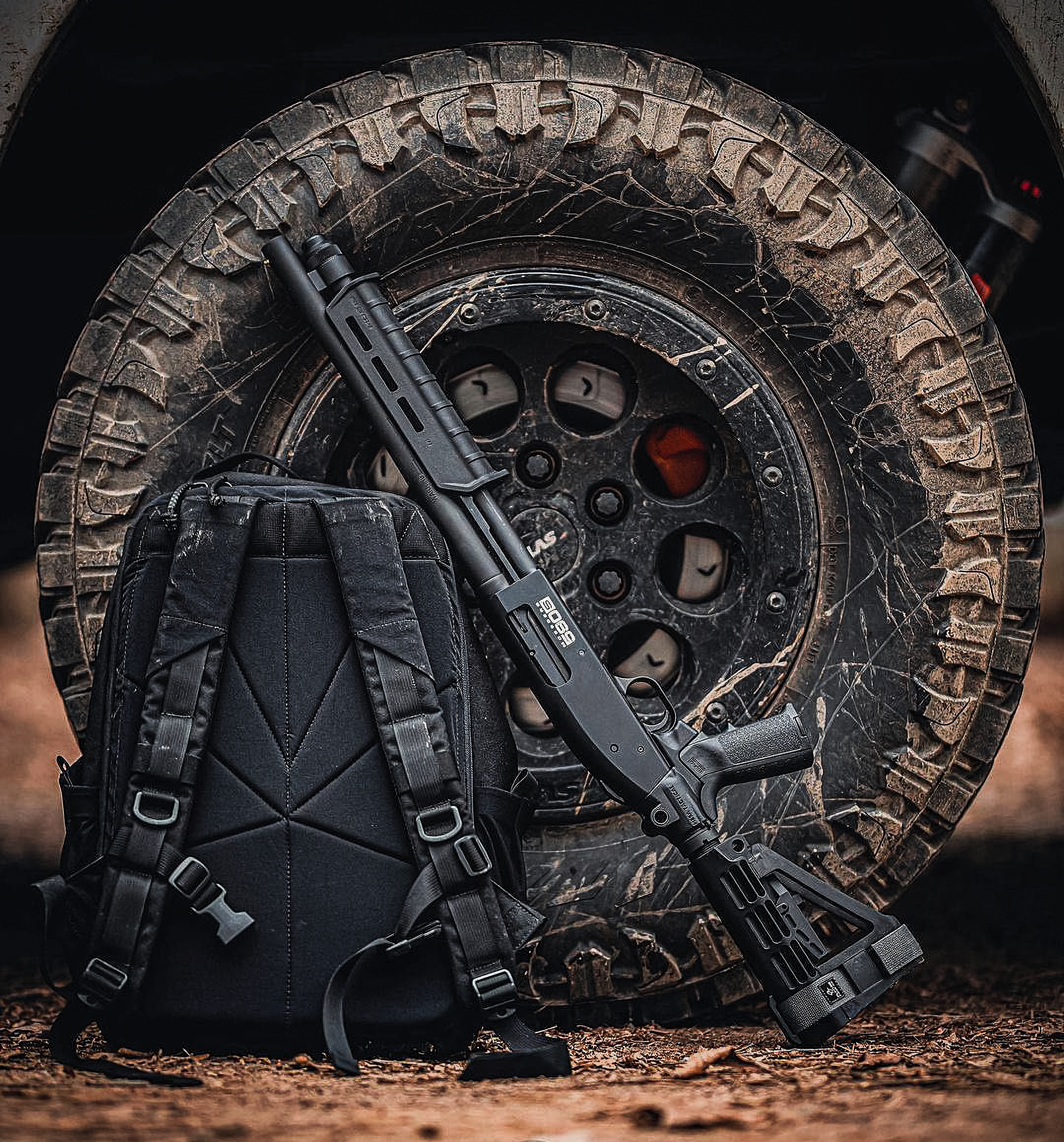
On Jan. 31, 2023, the ATF began prohibiting the sale of braced pistols — firearms with a barrel shorter than 16 inches, with attached stabilizing braces. Individuals, dealers, and government entities in possession of such firearms on or after that date were then given 120 days to comply in one of five ways:
- Declare the firearm as a short barreled rifle (SBR) under the National Firearms Act (NFA) and register it accordingly;
- Convert the pistol to a rifle by replacing the short barrel with one that is 16 inches or longer;
- Permanently remove and dispose of, or alter, the “stabilizing brace” such that it cannot be reattached;
- Forfeit the firearm to a local ATF office, or
- Destroy the firearm.
The penalty for noncompliance is stiff — a fine of up to $10,000, 10 years in prison, or both.
The ATF has published a list of commercially available firearms regulated by the new rule.
The terms “destroy” and “alter” have raised concern among gun owners. Since the final rule was published, ATF officials have tried to clarify options for those who don’t wish to register their pistol as an SBR. They said it was not necessary to destroy the brace. After detaching it, you can keep the accessory or affix it to a rifle-length firearm.
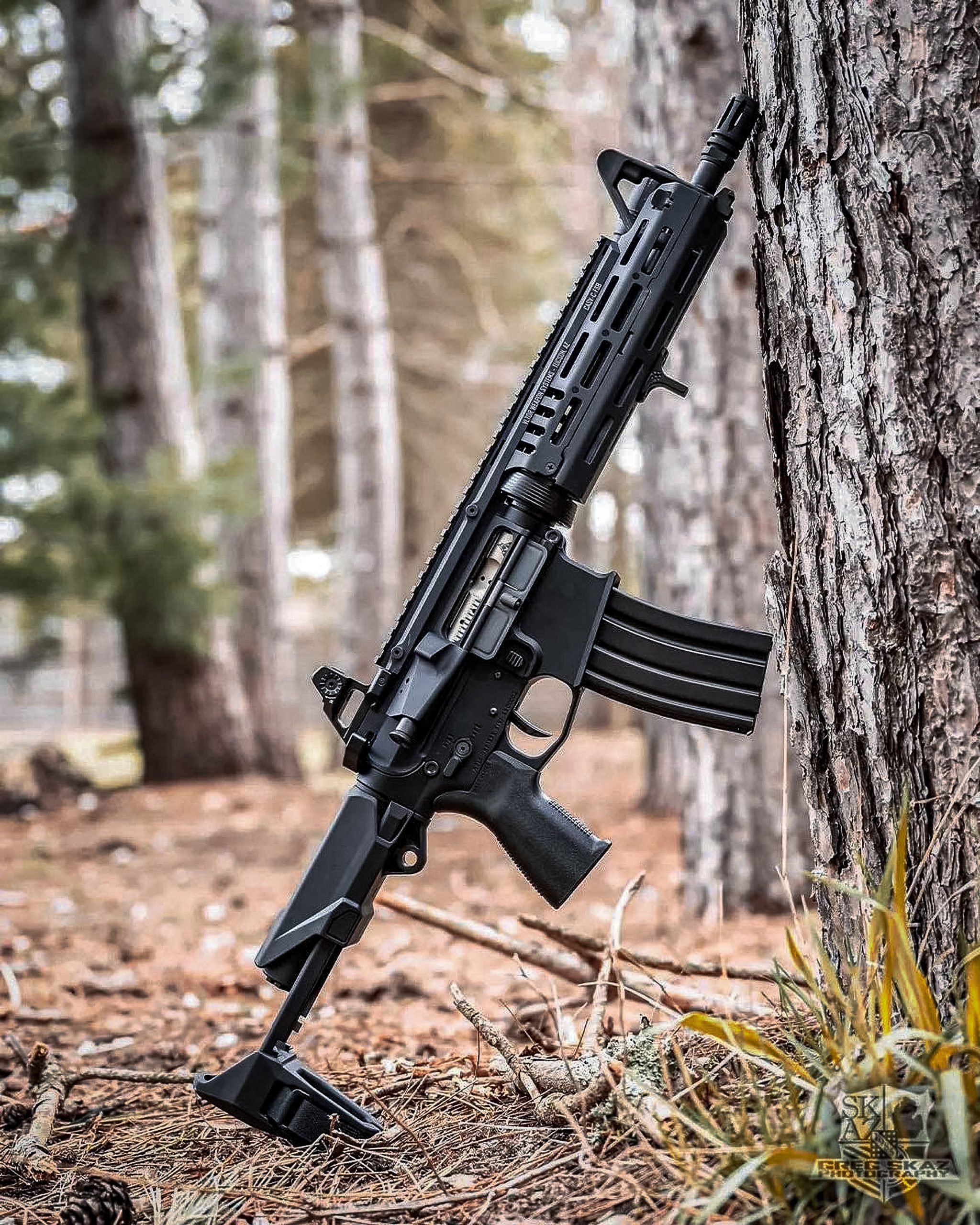
However, consistent with its long-standing tradition of contradicting itself and muddying the waters to create “plausible ambiguity,” the ATF also said removing braces and saving them for a rainy day could potentially be considered “constructive possession.” That’s because the parts to assemble an unregistered SBR would be in your possession.
The message here seems to be: “Save the braces if you want — if we catch you, charging you with a crime will be a game-time decision.”
Here is some additional “fine print” to consider as you weigh your options:
- SBR applications from states that already ban braces: Denied. The ATF is keenly aware of state laws. Applicants from states such as California and Connecticut, which prohibit stabilized pistols, will not be allowed to register an SBR under the rule.
- Exemption for disabled gun owners: According to the ATF, the NFA provides no such thing. Disabled braced-pistol owners are instructed to register their firearms as SBRs like everyone else.
- Padded buffer tubes: If the firearm requires a buffer tube to cycle properly, it can remain in place. Otherwise, it should be removed.
- Braced short barreled shotguns (SBSs): While some have claimed these firearms seem to fall into a gray area, page 47 of the final rule’s “published comments” section (and a corresponding footnote on the same page) suggests any previous regulation allowing an SBS to be braced is now null and void.
GOOD GEAR – Embody the Ethos of the Quiet Professional With BRCC’s Silencer Smooth Roast
Is ATF Pistol Brace Registration a ‘Trap’?
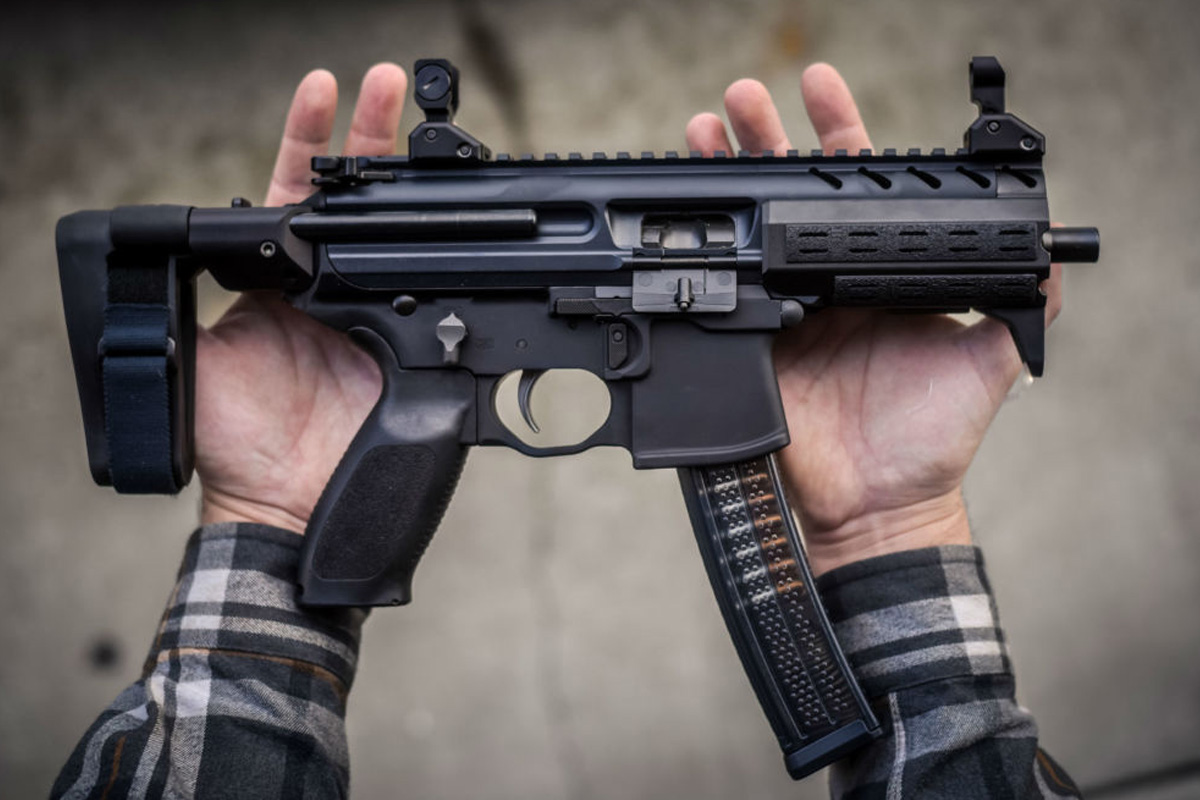
Many chose to register their braced pistols as SBRs during the grace period (the ATF has temporarily waived the $200 per firearm tax for Form 1 applications submitted by May 31), and a few will likely do so going forward. If that’s you, complete and submit ATF Form1. You’ll need a passport photo as well as fingerprints.
To utilize the ATF’s eForms process (which offers a much faster turnaround than the old snail mail method), you’ll need your prints in digital EFT format. Many UPS stores now offer fingerprint scanning.
Steve Dulan, second vice chair and legal foundation chair for the Michigan Coalition of Responsible Gun Owners (MCRGO), told Free Range American that he initially thought free registration could be a trap — bait to lure a huge swath of gun owners to reveal they possessed contraband guns, potentially setting themselves up for potential criminal prosecution.
However, with so many applicants already receiving notifications of approval, he’s no longer concerned about that angle.
Still, as a matter of principle, Dulan is not a fan of the registration option.
“I’m advising everybody to just take the gun apart and destroy the brace,” Dulan said. “I’m confident the rule will be invalidated because ATF was ultra vires. This is beyond the scope of their power and severely inconsistent with their past rulings. I think we’re going to win eventually, and then we’ll just be able to buy the braces again for 50 bucks or whatever.”
Obviously, if you decide to take the SBR registration path and don’t want to pay the tax, you’ll need to hurry.
For now, at least, there seems to be no hope on the horizon. Unless that dreaded boating accident sends those braced pistols to the bottom of a deep, dark lake, gun owners impacted by the ATF pistol brace rule will have to use their best judgment to choose a compliance option, then hunker down for the long game.
READ NEXT – Florida Constitutional Carry Adopted, Creates CCW State Majority
The content below was originally published on Jan. 15, 2023:
ATF Drops New Pistol Brace Rule: It’s Not Good
By David Maccar and Daniel Terrill
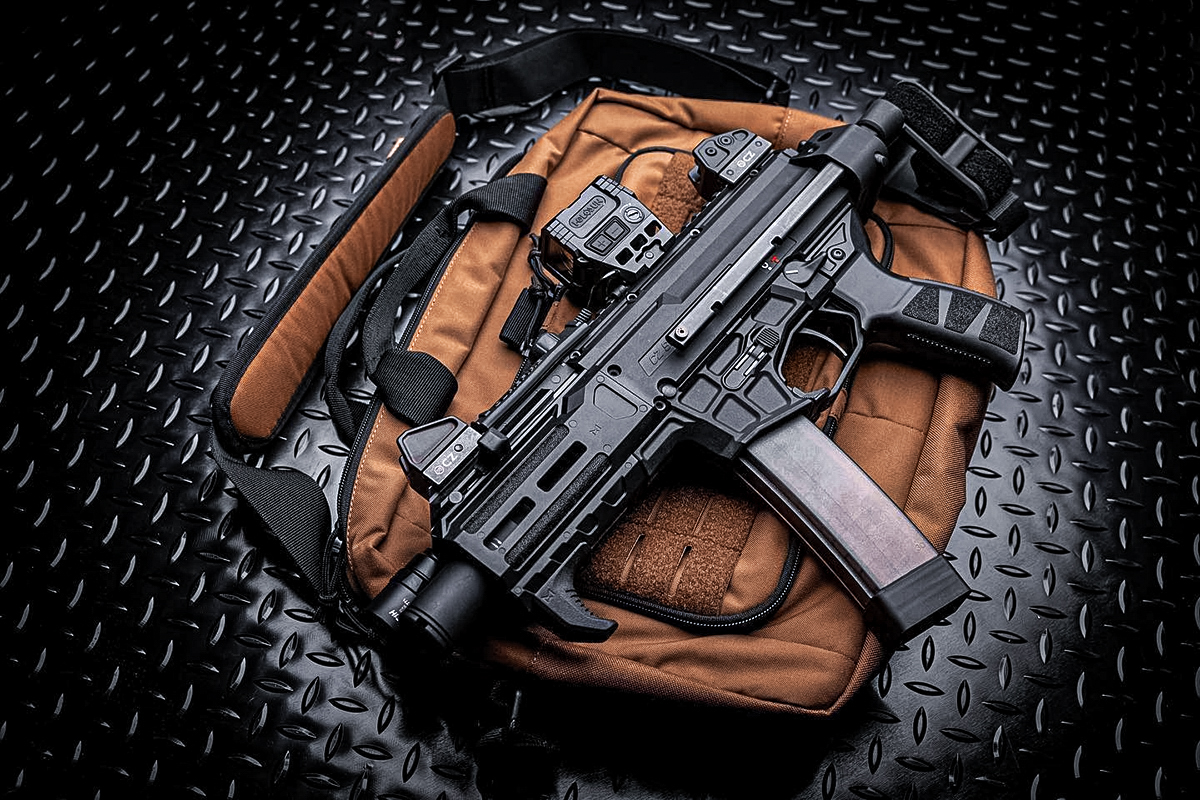
A few days before the 2023 SHOT Show kicks off, a long-awaited and dreaded ATF pistol brace rule has been formally announced. It will have some gunmakers rethinking their booth displays at SHOT and U.S. gun owners scrambling to stay on the right side of the law with the feds.
The rule was announced in a somewhat cryptic statement from the Justice Department on Jan. 13, 2023. It says that if an individual, manufacturer, or retailer puts a brace on a firearm that was not designed as a pistol and has a barrel under 16 inches long, it is now considered a short-barreled rifle (SBR) under the National Firearms Act of 1934 (NFA). That means to legally remain in that configuration, it would require a tax stamp and registration with the Bureau of Alcohol, Tobacco, Firearms and Explosives (ATF).
In the announcement, Attorney General Merrick Garland explained that the concern addressed by the rule was that braces were being used to circumvent the NFA. There’s no way of knowing how many braces are in circulation, but it’s in the millions — even the ATF estimates 7 million braces exist, but according to the Congressional Research Service, that number could be anywhere between 10 and 40 million
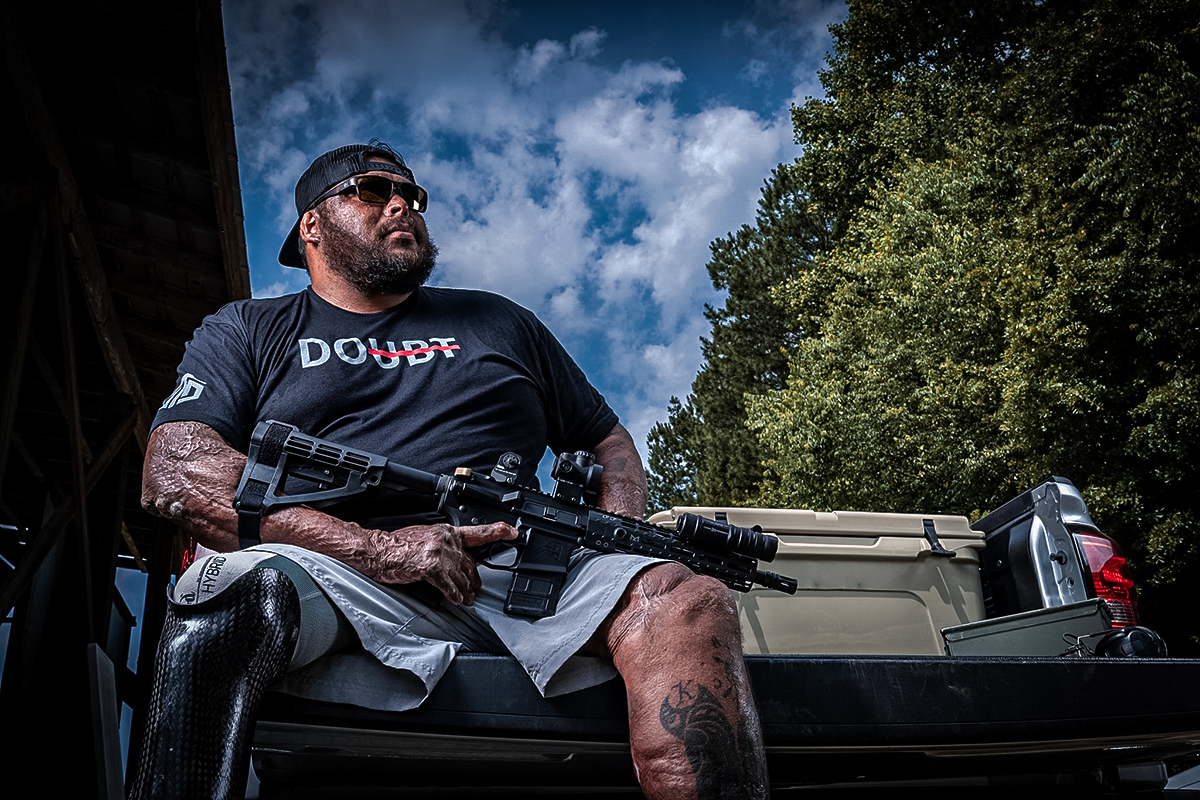
“Today’s rule makes clear that firearm manufacturers, dealers, and individuals cannot evade these important public safety protections simply by adding accessories to pistols that transform them into short-barreled rifles,” Garland said.
The announcement states:
“Today, the Department of Justice announced it has submitted to the Federal Register the ‘Stabilizing Braces’ Final Rule, which makes clear that when manufacturers, dealers, and individuals use stabilizing braces to convert pistols into rifles with a barrel of less than 16 inches, commonly referred to as a short-barreled rifles, they must comply with the laws that regulate those rifles, including the National Firearms Act (NFA). In April 2021, at an event with President Biden, the Attorney General directed the Bureau of Alcohol, Tobacco, Firearms, and Explosives (ATF) to address the issue of stabilizing braces.”
According to the announcement, the rule goes into effect on the date of publication in the Federal Register and allows a 120-day period for manufacturers, dealers, and individuals to register any existing NFA short-barreled rifles covered by the rule. The normal SBR tax will be waived.
If anyone doesn’t want to register, the ATF says they can remove the brace “to return the firearm to a pistol,” or they can surrender the gun to the ATF.
RELATED – San Jose Becomes the First U.S. City to Mandate Gun Insurance
Guns Impacted by New Rule
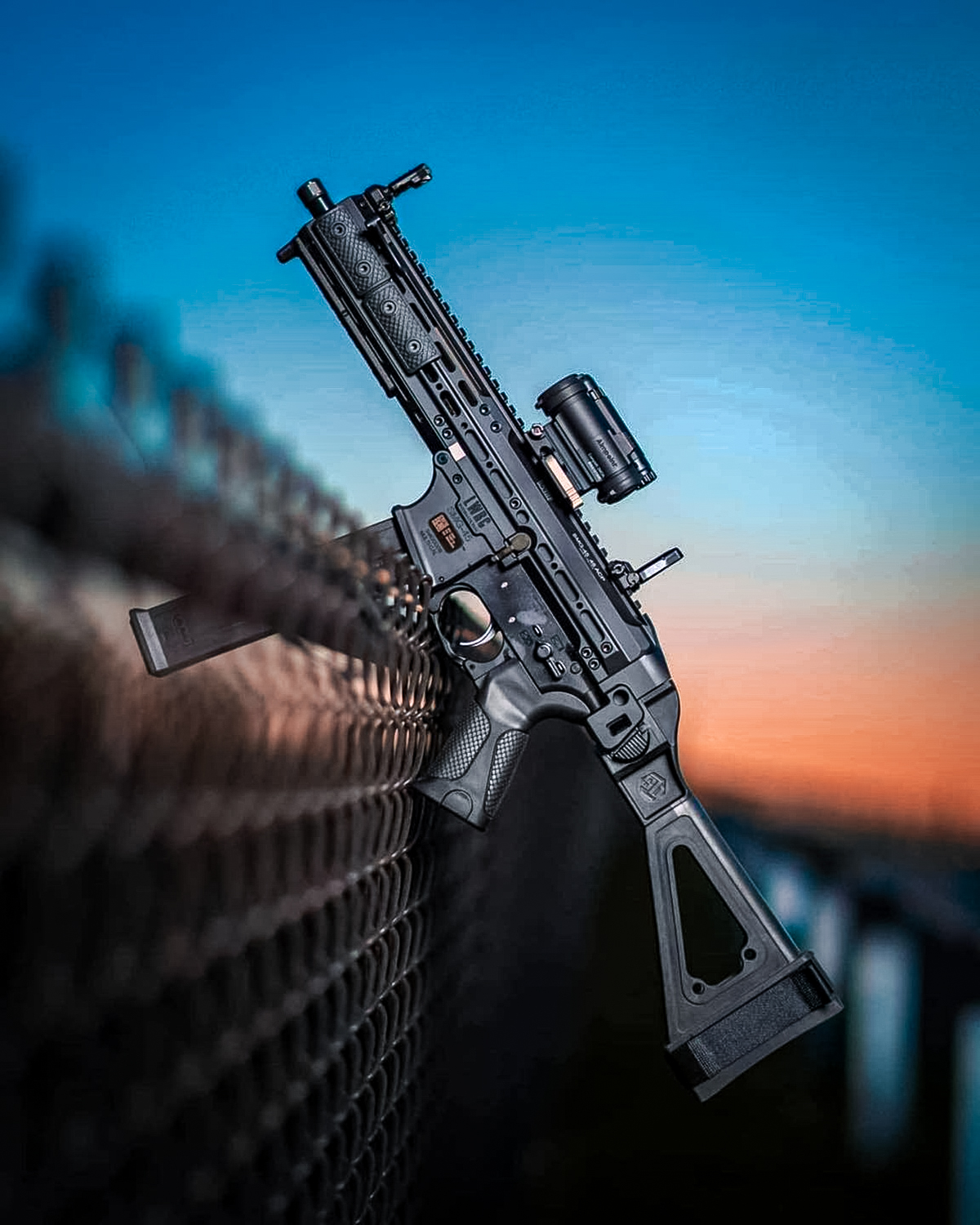
The ATF’s statement would appear to mean that all pistols with braces are now SBRs, because who has a pistol with a barrel longer than 16 inches? But at the end of the announcement, the feds say, “Nothing in this rule bans stabilizing braces or the use of stabilizing braces on pistols,” yet it remains unclear on what pistols a brace would be legal.
Along with the announcement, the ATF posted a webpage explaining the rule and issued instructions on how to comply. The webpage also includes two lists of braced firearms that the ATF now considers to be SBRs, with models like the Ruger AR-556 with a short barrel and an SBA3 brace attached and the Q Honey Badger with an HBPDW brace mentioned specifically, among others.
At first glance, it may not be immediately obvious what all the firearms on the lists have in common. However, the now-shelved ATF Worksheet 4999 may provide some insight; that’s what the new brace scorecard is based on.
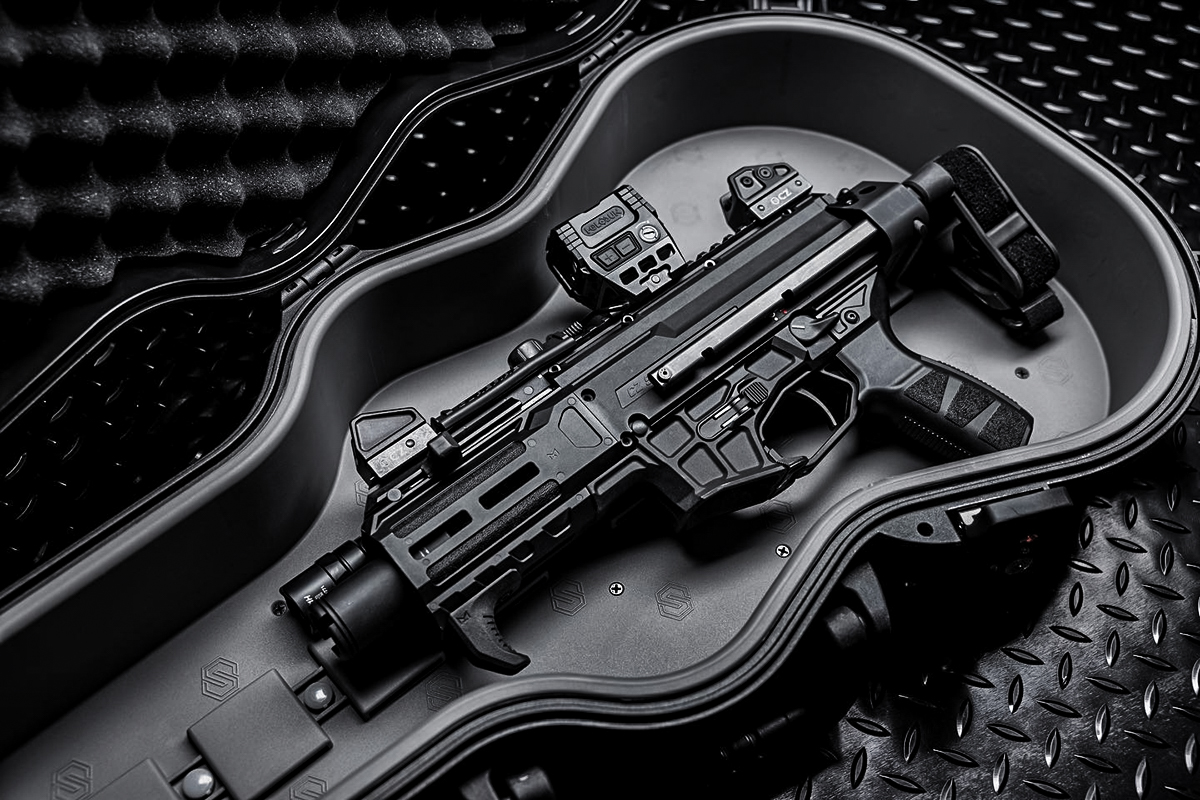
The ATF’s new rule, which clocks in at nearly 300 pages and is the exact opposite of clear and straight-forward, states the following regarding the criteria for judging what is and isn’t an SBR:
“Accordingly, the Department amends the definition of “rifle” under 27 CFR 478.11 and 479.11 to expressly state that the term “designed or redesigned, made or remade, and intended to be fired from the shoulder” includes a weapon that is equipped with an accessory, component, or other rearward attachment (e.g., a “stabilizing brace”) that provides surface area that allows the weapon to be fired from the shoulder, provided other factors, as listed in the amended regulations and described in this preamble, indicate that the weapon is designed, made, and intended to be fired from the shoulder. The other factors are:
- whether the weapon has a weight or length consistent with the weight or length of similarly designed rifles;
- whether the weapon has a length of pull, measured from the center of the trigger to the center of the shoulder stock or other rearward accessory, component or attachment (including an adjustable or telescoping attachment with the ability to lock into various positions along a buffer tube, receiver extension, or other attachment method), that is consistent with similarly designed rifles;
- whether the weapon is equipped with sights or a scope with eye relief that require the weapon to be fired from the shoulder in order to be used as designed;
- whether the surface area that allows the weapon to be fired from the shoulder is created by a buffer tube, receiver extension, or any other accessory, component, or other rearward attachment that is necessary for the cycle of operations;
- the manufacturer’s direct and indirect marketing and promotional materials indicating the intended use of the weapon; and
- information demonstrating the likely use of the weapon in the general community.
“All of the objective design features and factors listed in the rule that indicate the weapon is designed, made, and intended to be fired from the shoulder are derived from the NPRM and proposed Worksheet 4999.”
It also states that the “NPRM also included the proposed Worksheet 4999, which assigned points to various criteria and provided examples of how the Worksheet 4999 would be used to evaluate firearms equipped with certain models of ‘stabilizing braces.’”
“The proposed Worksheet 4999 assigned point values for the objective design
characteristics or features that are common to rifles, features associated with shoulder
stocks, and features limiting the ability to use the “stabilizing brace” as an actual “brace.”
These point values ranged from 0 to 4 points based upon the degree of the indicator,
explained as follows:
- 1 point: Minor Indicator (the weapon could be fired from the shoulder)
- 2 points: Moderate Indicator (the weapon may be designed and intended to be fired from the shoulder)
- 3 points: Strong Indicator (the weapon is likely designed and intended to be fired from the shoulder)
- 4 points: Decisive Indicator (the weapon is designed and intended to be fired from the shoulder)
The point values associated with particular features or designs were based upon
their relative importance in classifying the firearm under Federal law. Therefore, more
points were assigned to design features that more strongly indicated the manufacturer or
maker’s intent was to produce a shoulder-fired weapon.”
“This administration continues to find new ways to attack gun owners, and this time their target is brace-equipped firearms that allow persons with disabilities to safely and effectively use pistols,” said Erich Pratt, Gun Owners of America senior vice president, in a statement. He went on to say GOA is busy writing up a suit against the ban. “We will continue to work with our industry partners to amplify the disapproving voices in the firearms industry, and the Gun Owners Foundation, our sister legal arm, will be filing suit in the near future.”
“The Second Amendment Foundation already has a lawsuit filed against ATF over arm braces and will amend it to include their new attack,” Alan Gottlieb, founder of the Second Amendment Foundation, told The Reload, and said they will update their active case against the agency over its handling of braces.
Background on Braces
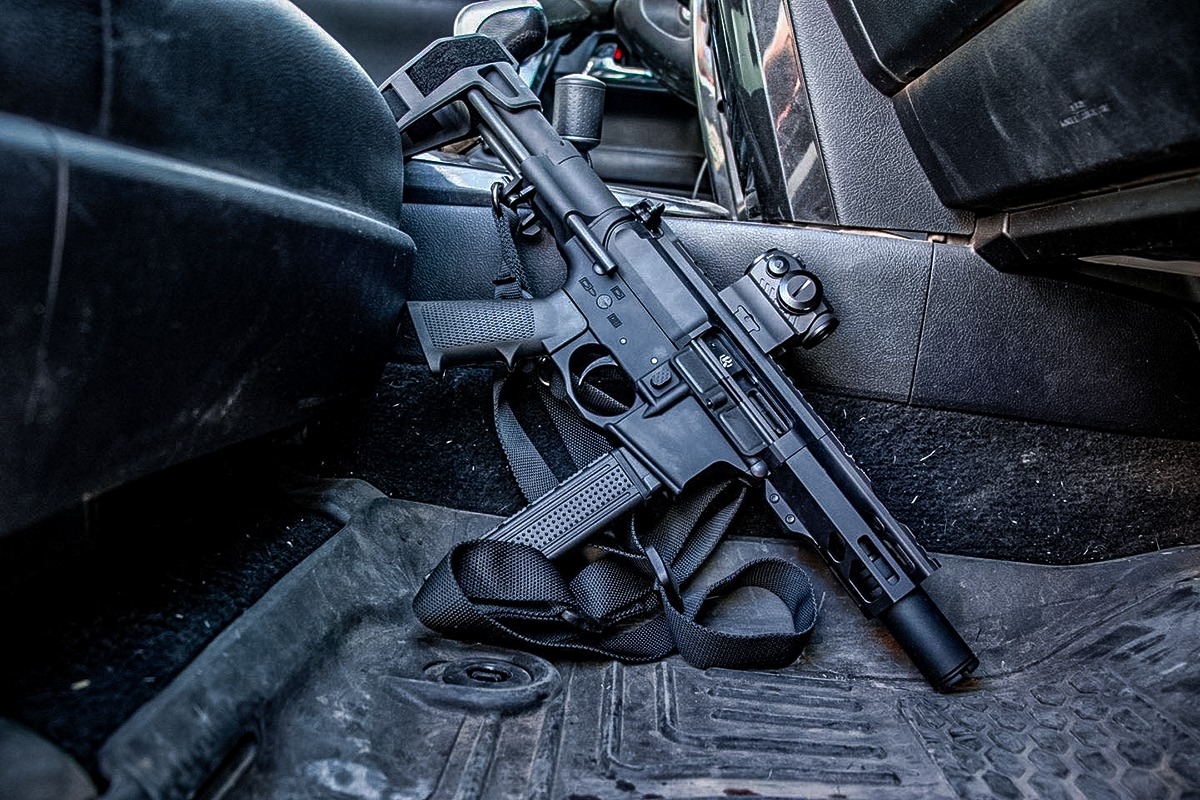
The original pistol brace design made by the Florida-based company SB Tactical was a U-shaped attachment with a strap that affixed to a shooter’s forearm so a firearm, such as an AR pistol, could be fired one-handed with reasonable control. The company billed it as a product meant to aid disabled shooters.
The problem, however, was that the brace also fit like a buttstock, so people began affixing them to their AR pistols — which allowed them to remain pistols per the NFA since braces are not stocks — and shouldering them. It led to confusion and concern among gun owners that affixing a brace to an AR pistol effectively created an SBR, which would be a felony.
That confusion led to several inquiries submitted to the ATF to explore the question: Does attaching a stabilizing brace to a pistol change its classification?
Since 2012, the ATF has issued contradictory responses to that question. And then, in 2018, a stabilizing brace owner was charged with unlawful possession of an unregistered SBR, but a jury found him not guilty, partly because of a technical error by the ATF.
According to an April 2021 Congressional report, the case was “an example of how the absence of definitive determinations about the legality of firearms equipped with stabilizing braces and similar devices may create repercussions.”
CORRECTION: This version of the story corrects an earlier version that stated the new ATF pistol brace ban uses ATF Worksheet 4999. The new ATF criteria for legal braces and the scorecard to determine such are heavily based on Worksheet 4999, which will not be used.
READ NEXT – Illinois Assault Weapons Ban: What’s in the New Law



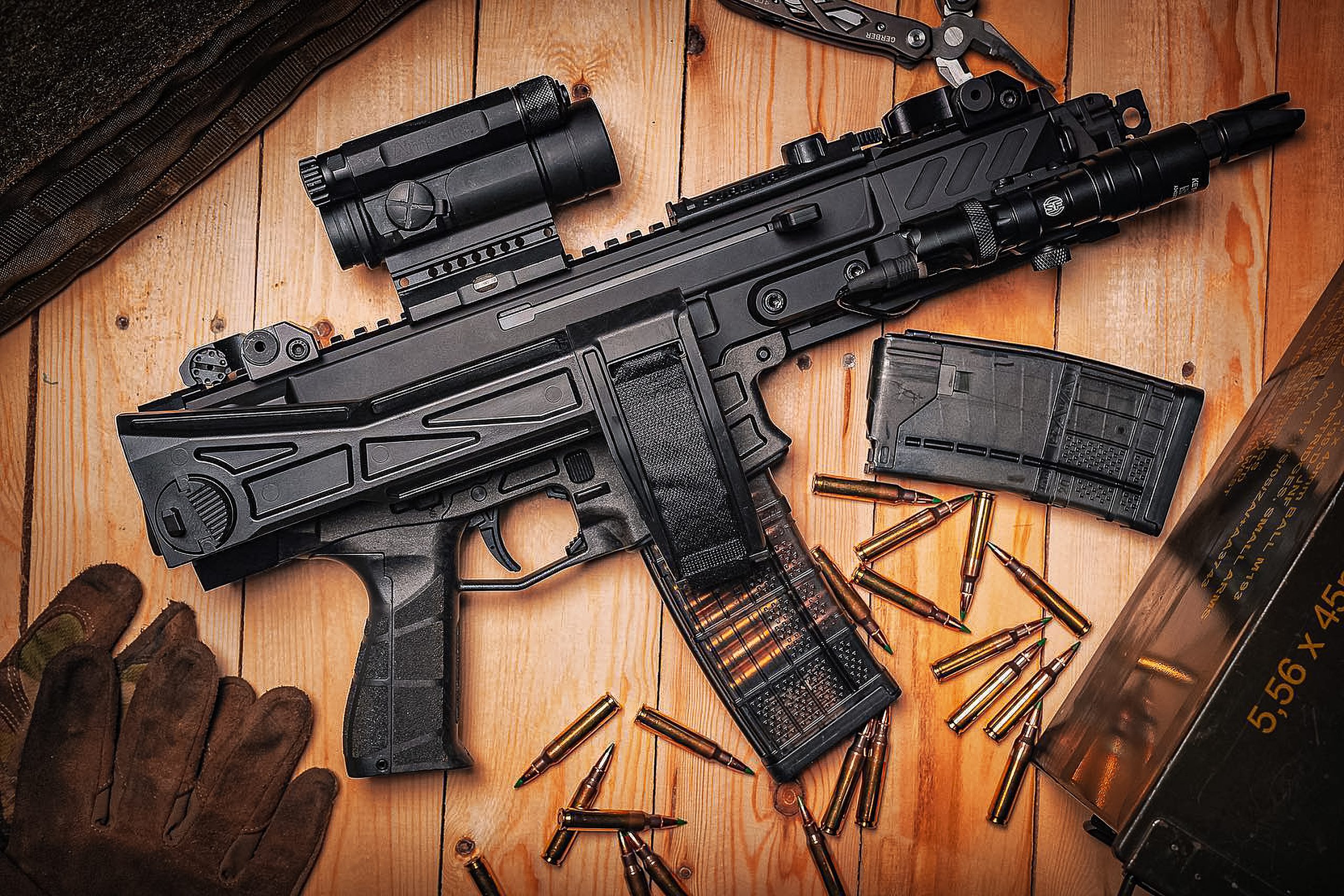

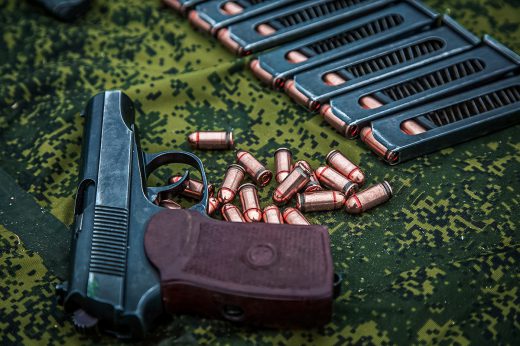
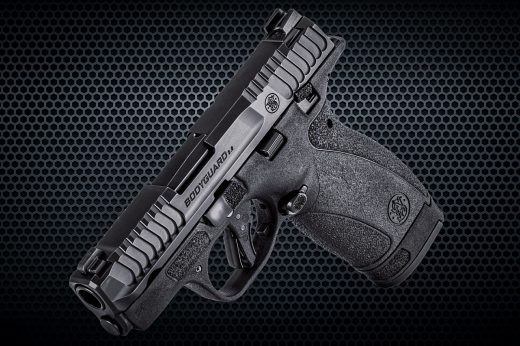
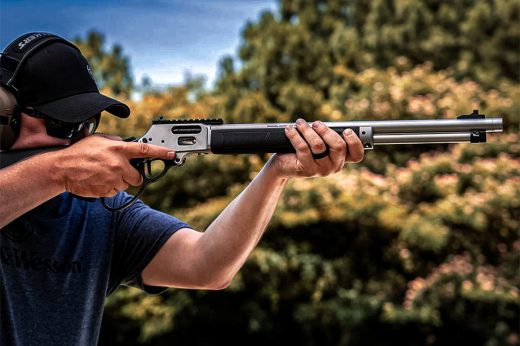


Comments